Scientists who focused on other infectious diseases, like an Ebola outbreak in the Democratic Republic of Congo, also were let go.

Oct. 11, 2025Updated 2:32 p.m. ET
The mass layoffs of federal workers on Friday night swept up the top two leaders of the federal measles response team, even as the nation grapples with the most cases recorded since 2000, when measles was declared eliminated in the United States.
The layoffs also included dozens of other agency scientists with expertise in infectious diseases that have pandemic potential.
Trump administration officials have said that previous layoffs at the Centers for Disease Control and Prevention were needed to reduce bloat and keep its focus on infectious diseases. And those reductions in force, or R.I.F.s, did spare most infectious disease teams.
But on Friday night, the administration fired hundreds of scientists, including those working to halt measles and an Ebola outbreak in the Democratic Republic of Congo. Also cut was a team that supports surveillance of infectious diseases, as well as leaders of the C.D.C. center that oversees immunization and respiratory diseases.
The administration also fired members of the Epidemic Intelligence Service, the elite corps of “disease detectives” who are typically deployed to the sites of outbreaks. Officials also dismissed the team that puts together the C.D.C.’s Morbidity and Mortality Weekly Report, a prestigious publication that communicates the agency’s work on recommendations and outbreaks.
And at the agency’s center that forecasts and helps to manage public health emergencies, the administration dissolved the division of technology and innovation.
“This is going to be devastating to Americans and to the global community,” said Dr. Debra Houry, who served as the agency’s chief medical officer before she resigned in August in protest against the administration’s policies.
“They are dismantling public health,” she added. “When you’re taking out the ability to respond to outbreaks like this, people’s lives are in jeopardy.”
The Department of Health and Human Services did not immediately respond to a request for comment.
It is unclear whether at least some of those fired were let go by mistake. Athalia Christie, who was “incident commander” of the measles response, had nearly 30 years of experience managing outbreaks, including Ebola, Marburg and mpox, previously called monkeypox.
The White House often reached out to her for help with outbreaks.
“Athalia is very well liked by the administration,” said Dr. Demetre Daskalakis, who led the respiratory disease center before he resigned in August. He had brought in Dr. Christie to lead the measles response.
Another senior infectious disease expert, Maureen Bartee, was working at the Department of State. But both their jobs fell under the director’s office of the C.D.C.’s Global Health Center, which was eliminated in the layoffs.
The administration may not have realized that dissolving the center would affect the two experts, Dr. Daskalakis said. The move “demonstrates their lack of understanding that this thing is an interconnected organism,” he said, referring to the C.D.C.
There have been dozens of measles outbreaks this year and more than 1,500 cases.
Without the teams that support tracking of outbreaks, the officers who help manage them, or the publication that communicates the data, “you’re not going to even know what’s happening until the state tells you,” Dr. Daskalakis said. “I’m really, really scared that they have created an opportunity for some terrible stuff to happen.”
Apoorva Mandavilli reports on science and global health for The Times, with a focus on infectious diseases and pandemics and the public health agencies that try to manage them.

 2 days ago
4
2 days ago
4
.jpeg)




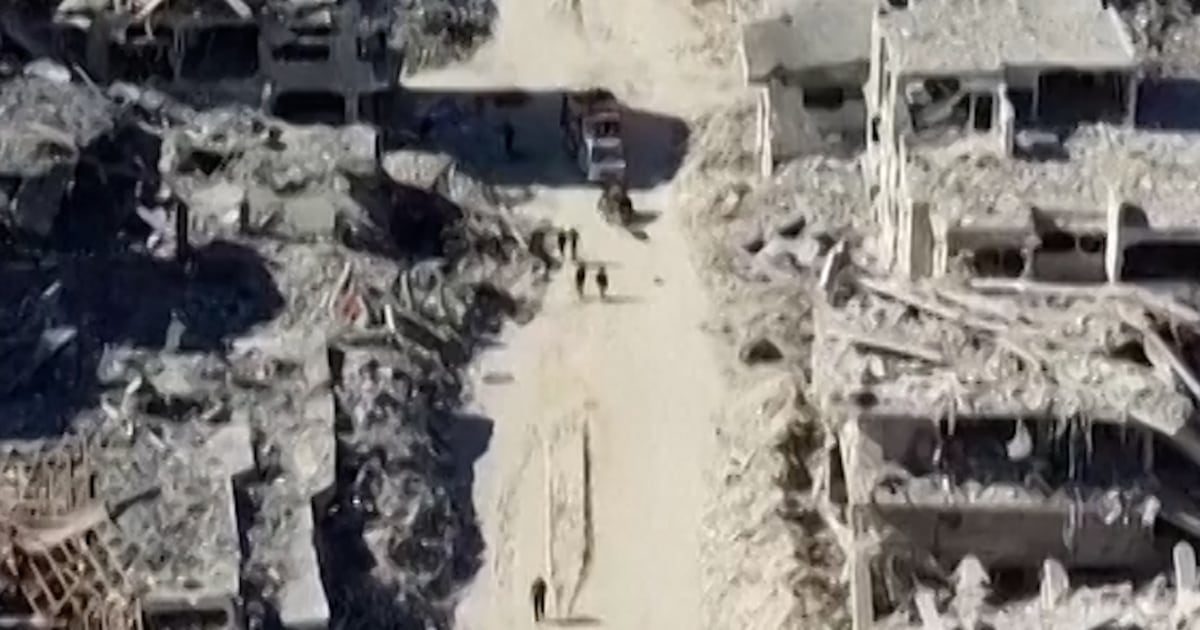

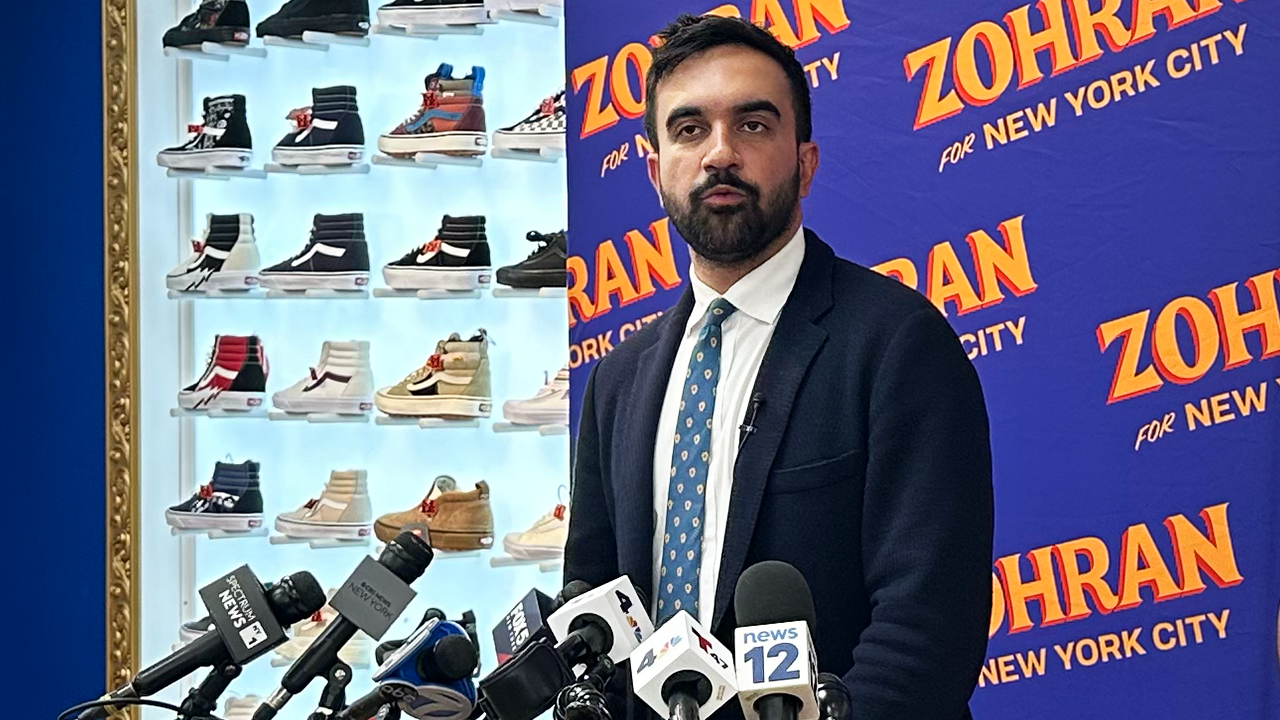


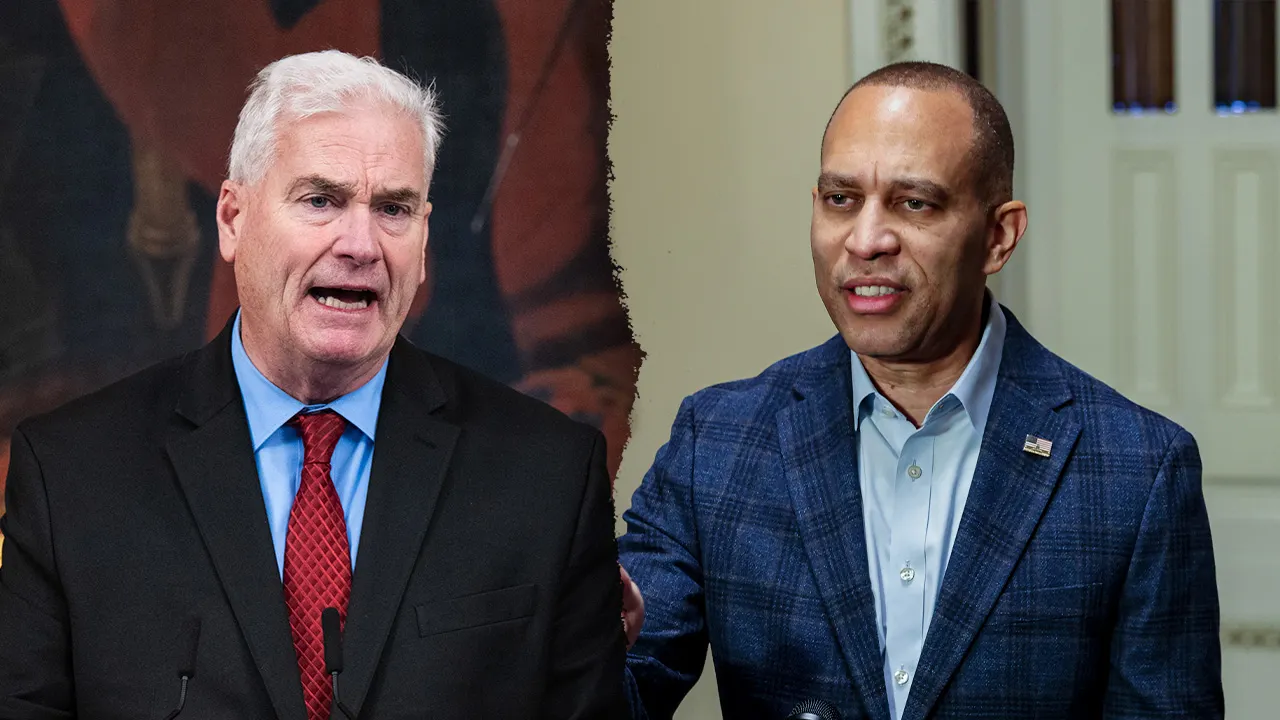
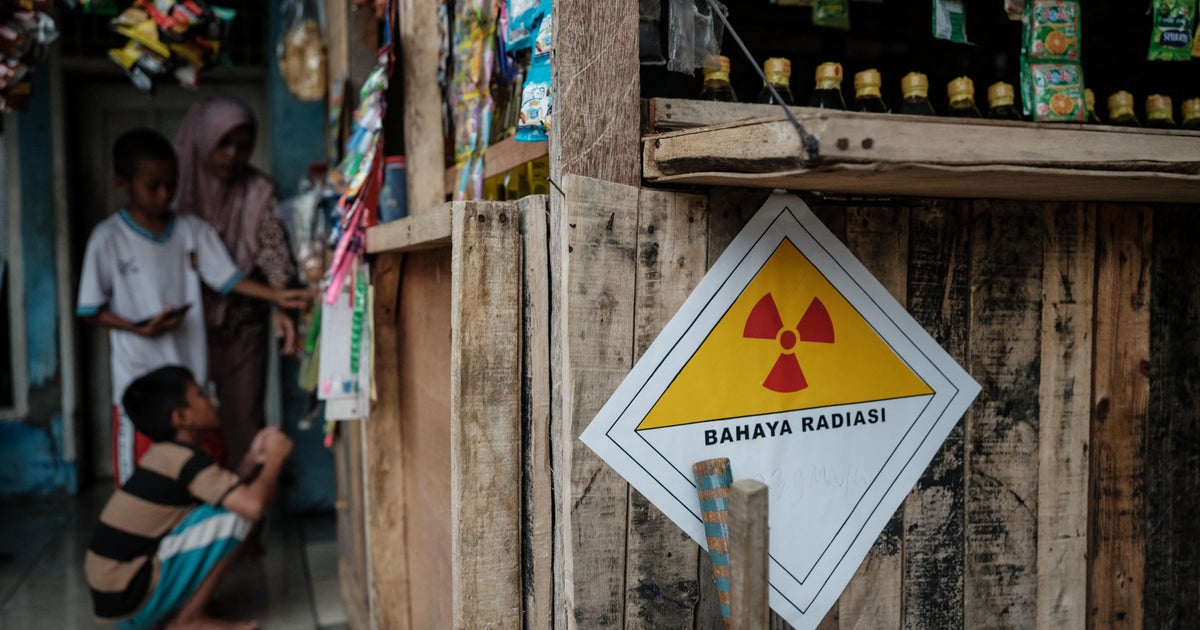


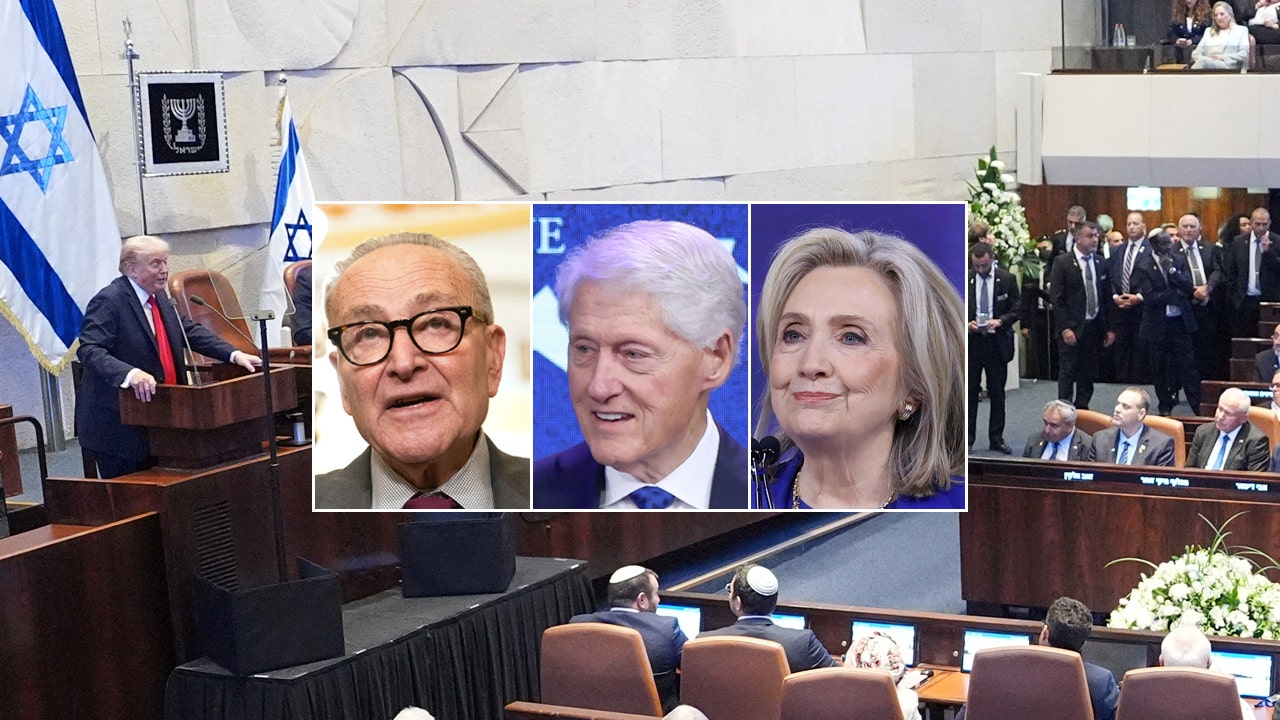
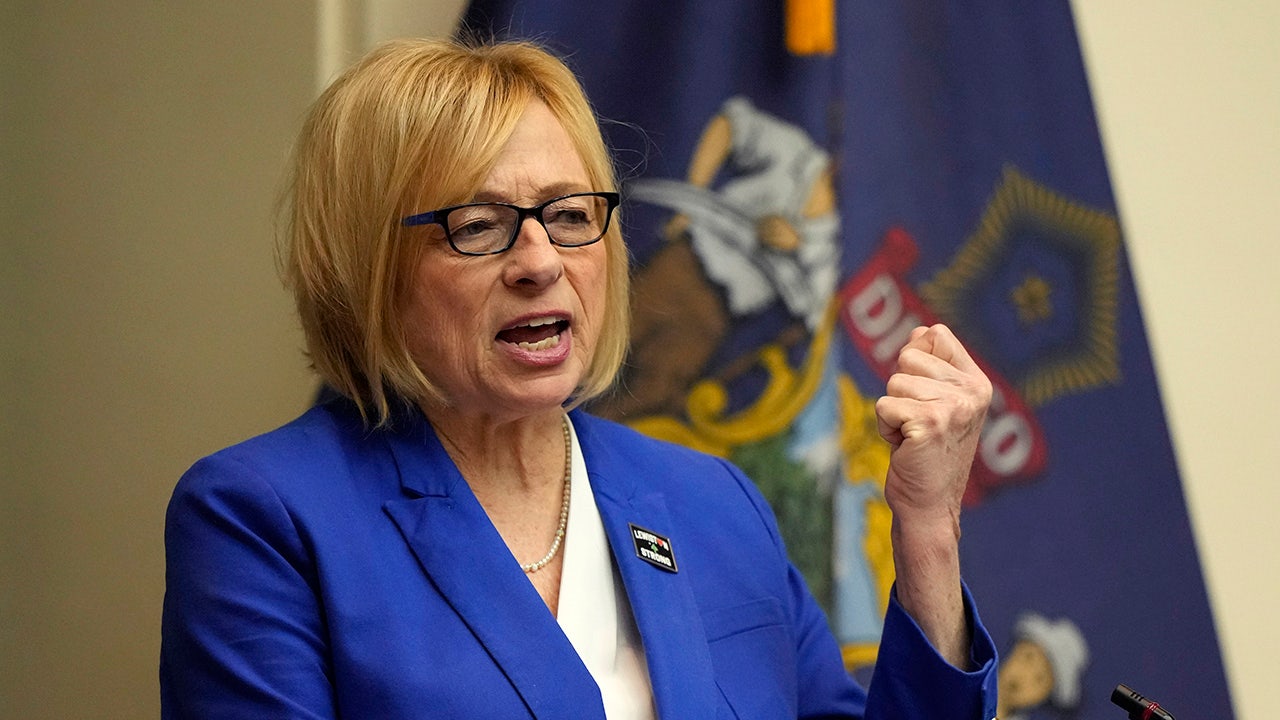

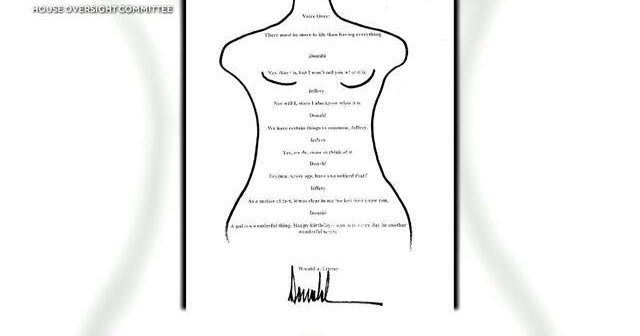




.jpeg)













 English (US) ·
English (US) ·